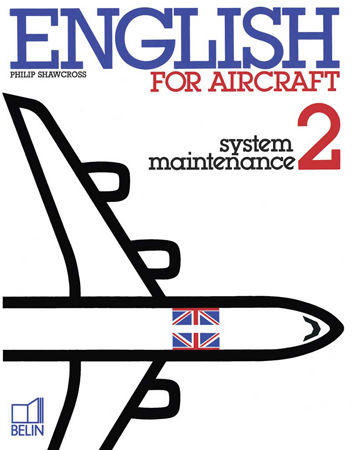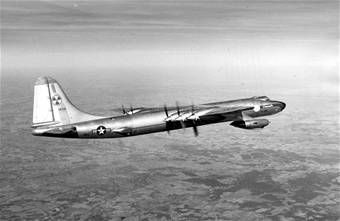 I must have been pretty busy last months for I’ve just realized that I haven’t added the Philip SHAWCROSS’s sites so far !!! This must be corrected right now: Mister SHAWCROSS is the author and founder of « English for aircraft ».
I must have been pretty busy last months for I’ve just realized that I haven’t added the Philip SHAWCROSS’s sites so far !!! This must be corrected right now: Mister SHAWCROSS is the author and founder of « English for aircraft ».
His two books make up undoubtedly the cleverest way of teaching technical English, especially for ESOL students. His renowned software « Docwise » is a must for the engineers and mechanics desiring to be trained as far as technical English and aeronautics are concerned. Click on the logo on your left handside to visit « Bwise2 », his website dedicated to aviation English language training for mechanics and pilots. Bwise2 can provide everything you need to learn technical English within the scope of aeronautics.
Bwise2 is not his only asset. Philip SHAWCROSS is the president of the International Civil Aviation English Association – ICAEA – a non profit-making association created under the 1901 French law.
ICAEA’s aims:
To bring together people and organizations concerned by or interested in the use of English in the aviation and aeronautical world.
To promote the exchange of information as regards English, English training, standards, qualifications, translation, documents etc, between people working within aviation in different countries.
To centralise information useful to the Airlines, Authorities, Air Traffic Services, manufacturers, pilots, engineers, universities, research institutes, training centers and teachers.
To enhance the circulation of this information through a web site, a list serve, seminars and the publication of their proceedings.
Finally, to generate concern about the quality of English in the aviation world. Please click on the logo hereafter to visit the ICAEA website:








